This past weekend, we took a trip with our ancient history and modern history professors to three costal towns south of Rome – two of ancient origin and one of a more modern past. Our trip began bright and early with a bus to Terracina. Terracina is an coastal town located near a rock bluff with ancient remains of a temple complex. The town itself bares little resemblance to its past other than some medieval towers in its historic center and traces of Roman work such as the straight cut rock wall to make way for the Appian Way, and the temple complex located high above the surrounding establishment. The temple complex itself has little left, but the base it was built on shows great feats of Roman engineering with arches, as well as beautiful views of the Italian Coast and Terracina below.
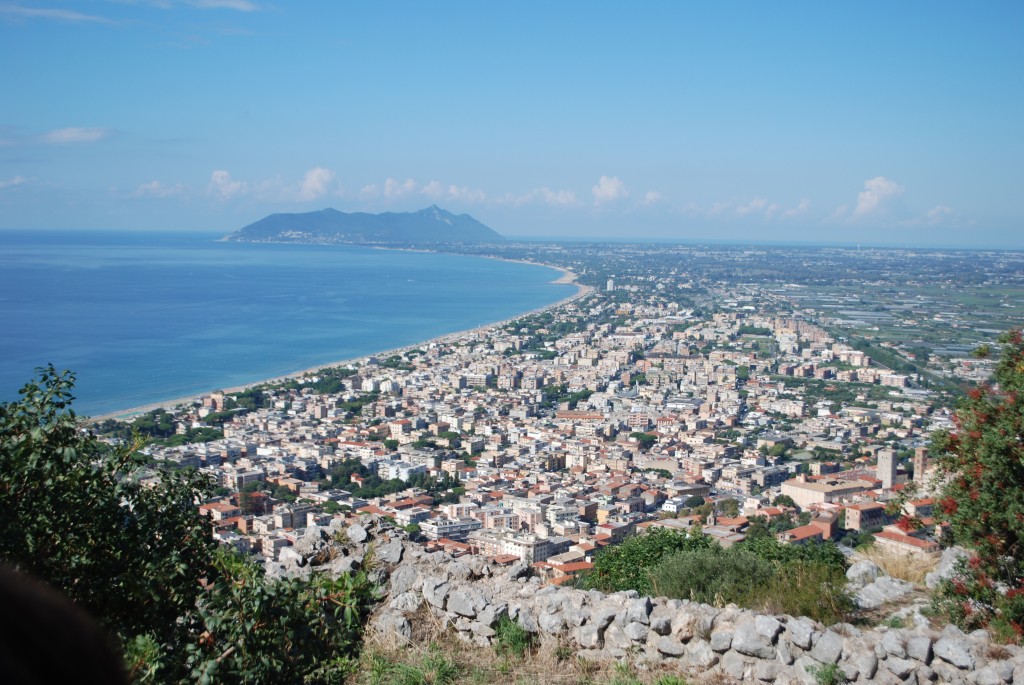
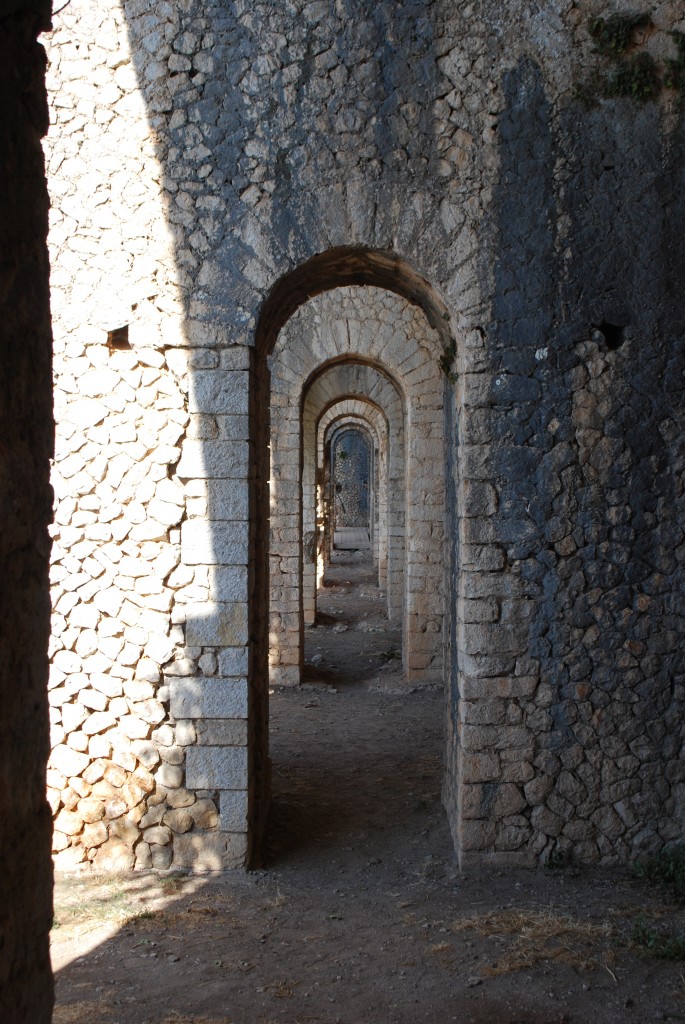
From here we travelled to Sperlonga to see the ancient remains of an Imperial Villa – that was once home to Tiberius the second Emperor of Rome. The villa remains are situated on the coast and house some beautiful examples of ancient sculpture, painting and tiling. The Villa of Tiberius is specifically known for its cave complex – with many rooms and constructions within natural caves in the coastal mountains. The villa is also known for its constructed fish farm which was used for daily meals in ancient times, and now still house many families of fish – it was great to see these unexpected relics from Roman times as they represent very well preserved and lesser known facets of Roman culture and daily life. Within the attached museum of the Villa were remains of some beautiful sculpture groups including Odysseus blinding the Cyclops with massive examples of Roman artistic developments.
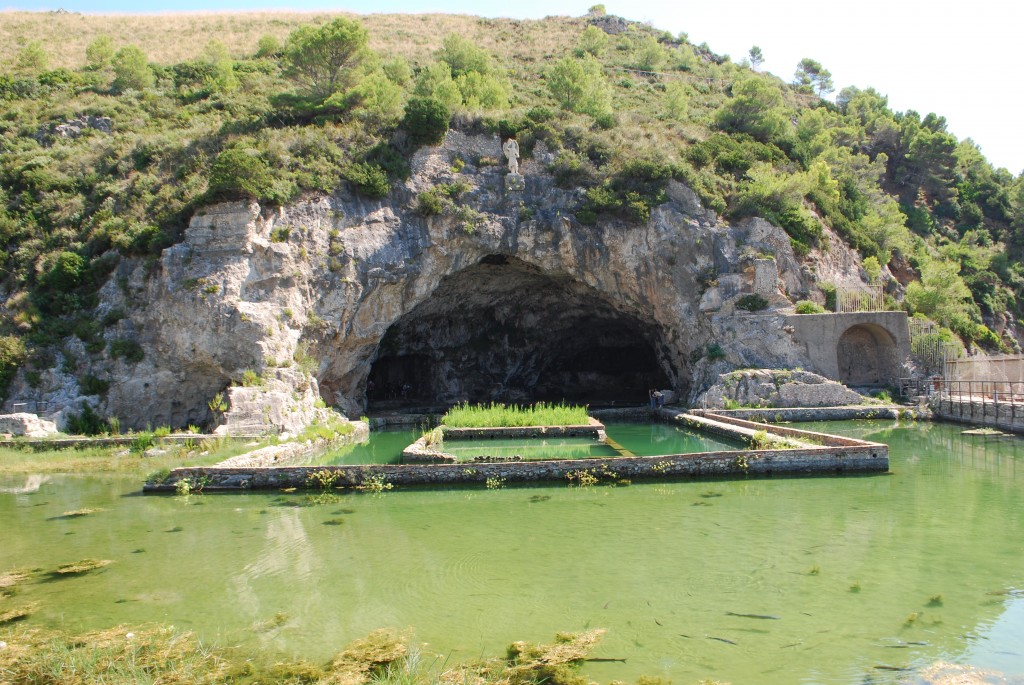
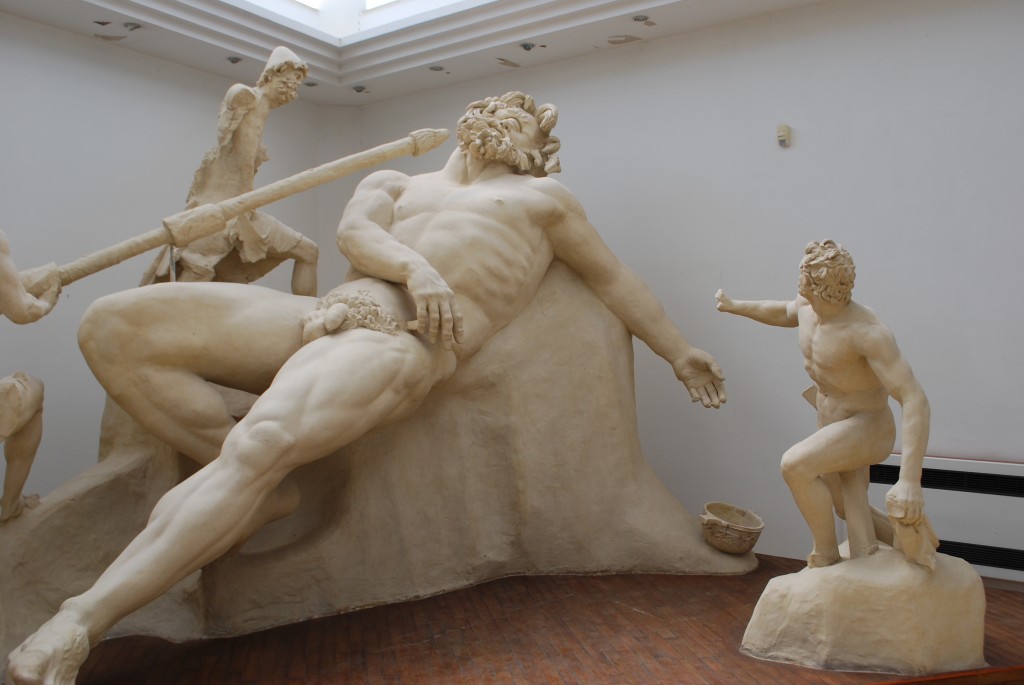
We spent our lunch break exploring the ancient center of Sperlonga. The town is situated on a rocky peninsula jutting out into the Mediterranean. The roads in the town are more like winding hallways and staircases with many balconies and bridges overlapping above. Restaurants appear out of nowhere and it is very easy (and entertaining) to get lost in the ancient town. We enjoyed some local seafood fare and explored the town a little more before departing to Sabaudia, our last destination for the day, and a change in the theme of the morning. Sabaudia was built in the mid thirties by Mussolini’s government in a very modern style. It’s a perfect example of fascist modernism and italian design and city planning. The town was built in less than three hundred days to show the prowess of Italian workers and to celebrate their new strong government. The town today is mostly a beach-town functioning mostly during the summer. There was hardly a single person in the town as we walked around so it felt more like a movie set than anything else. The architecture we experienced was very interesting nonetheless. Most of the town was designed by the same group of architects and it holds a very common character as you walk throughout it’s extents. It has strong axis and uses towers as beacons of the town center, main church etc. The post office is the best thing to see while there – it was designed through a competition and the color and layout of the buildings is rather remarkable (it’s completely covered in blue tiles with a red accent). The church was also very interesting as it held a very modern character but the mosaics and paintings, while they looked ancient, depicted modern scenes with hints at italian history – such as Mussolini and the Fascist party.
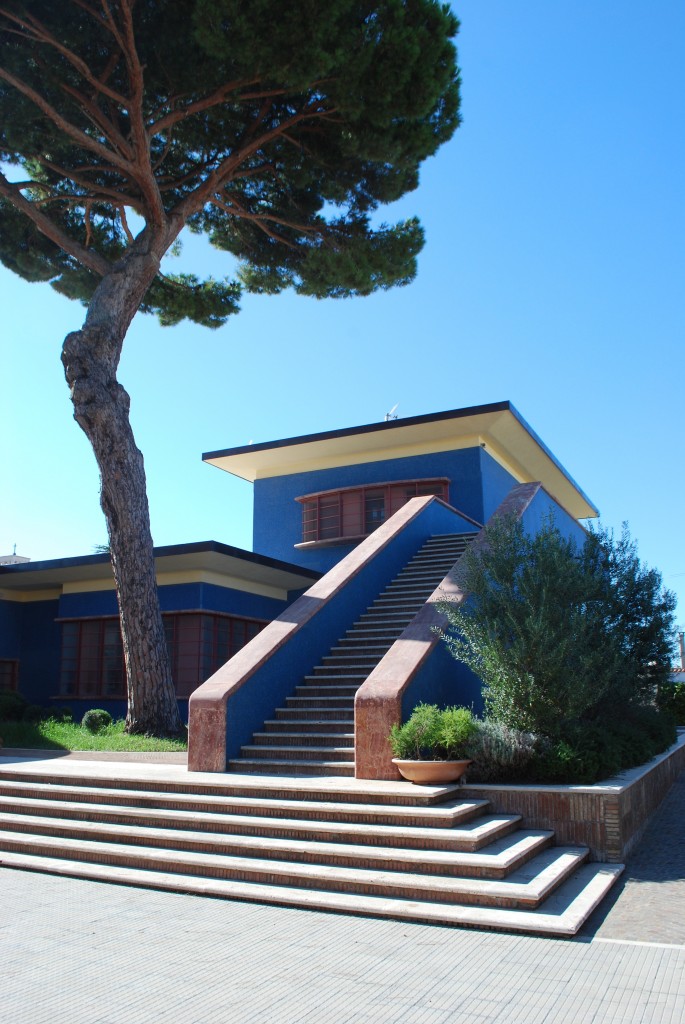
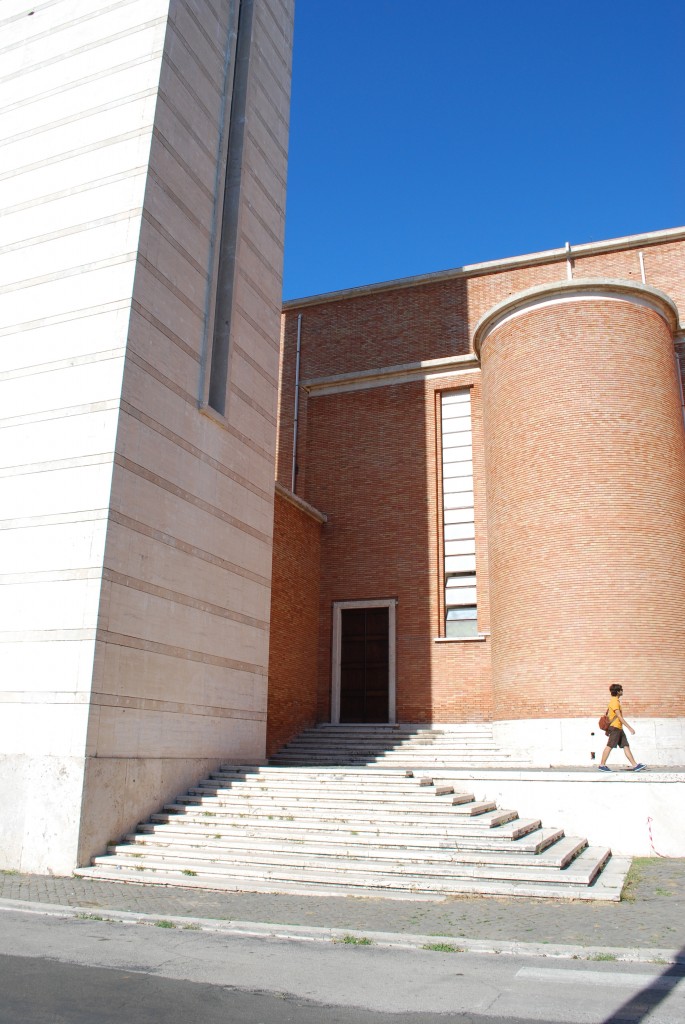

Nice article about three stunning little towns